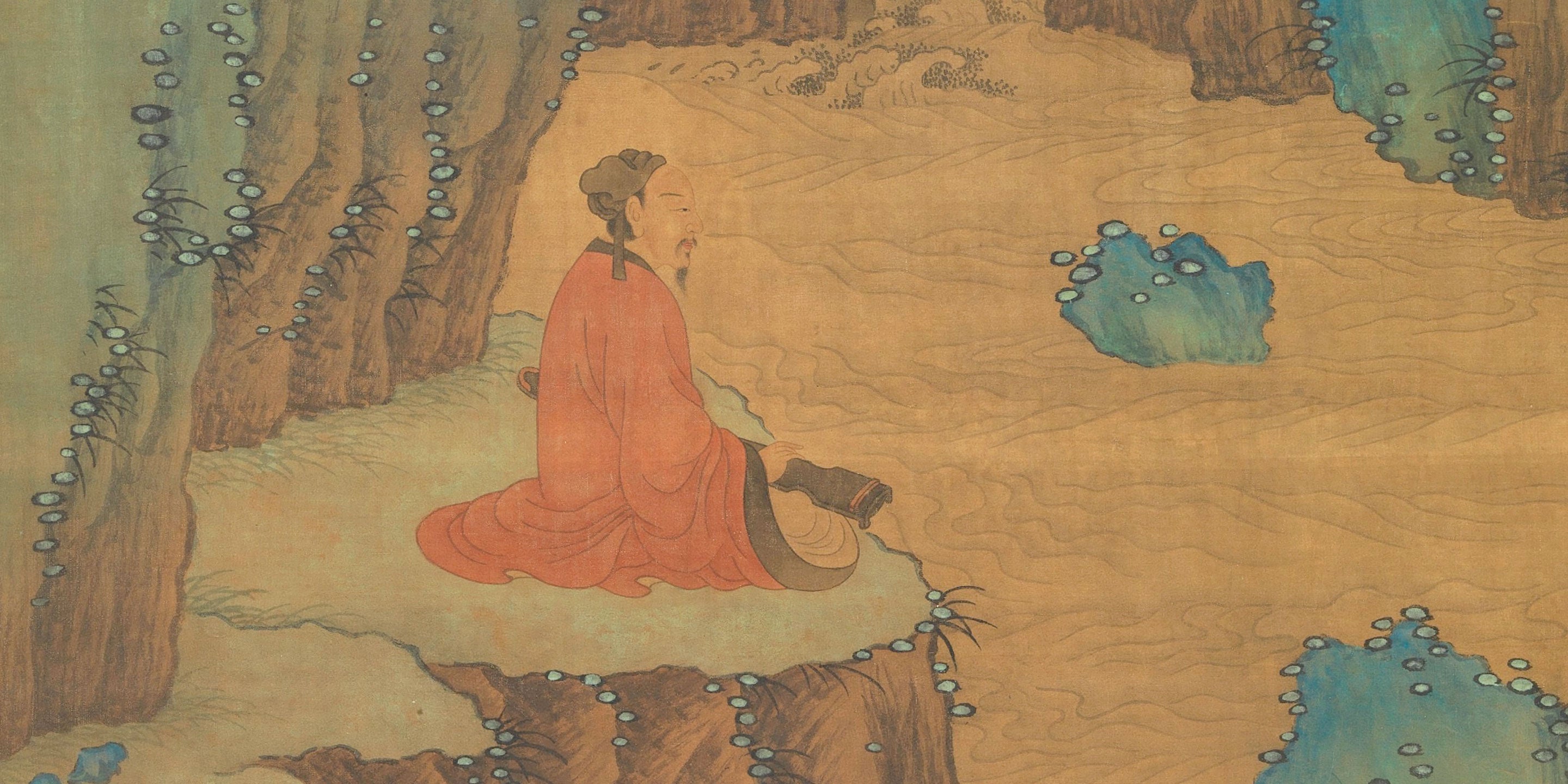
The Birth of Chinese Music: The First Instrument
Christine Lin, Contributing Writer
If you’ve attended a Shen Yun performance, you would have heard a variety of Chinese instruments in our East-meets-West orchestra. Chinese music has a history of at least 5,000 years. How did it all begin?
According to legend, the very first Chinese instrument was created by an emperor, with a dragon torso, called Fuxi. Conceived by the God of Thunder and a mortal woman, Fuxi was tasked with looking after the newly created human race.
He discovered that early humans struggled with basic living—they couldn’t forage enough to eat, and when they did, they often got sick from the unprepared meat or roughage. And so, he devised ways for humans to raise livestock, hunt, fish, and cook with fire. He is also credited with institutionalizing marriage, thereby creating the foundations of a stable society.
Having accomplished these great acts, he wanted to bring people even greater happiness—he wanted to give them music.
The First Musical Instrument

On an evening stroll, while contemplating how to bring music to people, Fuxi happened upon a parasol tree. As he approached it, the sun sent forth twilight rays and colored the skies with a blushing glow. A heavenly fragrance and melody seemed to fill the air. Experiencing this, Fuxi knew that this tree was meant to become his first musical instrument.
From the parasol lumber, Fuxi carved a panel that was long and flat like the earth. Then he formed a curved panel to fit over the bottom panel, like heaven above the earth. On one end, the panel tapered to four inches across with each inch like each of the four seasons. Its thickness was two inches, one inch for yin and one for yang. Across its top, Fuxi fixed 12 frets, one for each month of the year, and laced five strings for the five elements that compose everything on earth. In this way, the instrument was created in harmony with the natural world.
Fuxi’s invention enlivened the human realm. After the people cooked their sumptuous feasts of fresh fish and meat, they celebrated to the enchanting melodies of his instrument. Never were they happier than when singing along to the accompaniment of his magical instrument. Their revelries on earth became so grand, that the all-seeing gods above became curious too.
Heavenly Debut

One day, the Queen Mother, a powerful goddess, held a banquet at her Jasper Pool in heaven. The deities in attendance could talk of nothing but the new earthly instrument, and how they, too, wanted to enjoy it. So the Queen Mother summoned Fuxi to join them in their gathering.
As the banquet concluded, everyone gathered around the guest of honor as he sat down to play. With each pluck and stroke, the most beautiful melody flowed from his fingers.
The audience was delighted, but they realized that Fuxi’s splendid invention still had no name! After short deliberation, the gods decided to call the instrument “qin,” meaning zither, and added the prefix “yao,” meaning “jasper” or “precious jade,” to honor its debut at the Jasper Pool.
Thus, the yaoqin (瑤琴 yáo qín), created by Fuxi, came to be one of the most venerated instruments of ancient China.
An Everlasting Legacy
The musical legacy of the yaoqin is not only the foundation of Chinese musical theory, but also an essential pillar of classical Chinese education, which is known as qin, qi, shu, hua. The qin refers to Fuxi’s yaoqin and music in general. (Qi refers to chess, as well as strategy and logic. Shu refers to calligraphy, and literature in general. Hua refers to painting and the visual arts.)
The sound of the yaoqin is elegant, with a surprising subtlety and range. Today, the wood of the Chinese parasol tree, also called the wutong tree (firmiana simplex), is still prized for its superior sonic properties. The descendants of the original yaoqin are known to us as the guqin, which has two more strings than the yaoqin’s original five, and the guzheng, which has over 20 strings. The guqin and guzheng are also types of zithers and are played by strumming or plucking with one hand while the other hand moderates the pitch.
Stringed relatives of the yaoqin include the pipa and the erhu, which feature prominently in Shen Yun’s original compositions and performances. Though different in form and usage, these instruments owe their existence to Fuxi’s yaoqin and the musical foundation he laid down.
And that is a bit of the rich history of Fuxi, the yaoqin, and classical Chinese music!
Photo courtesy of National Palace Museum Open Data.
See original post published on Shen Yun Performing Arts website
You May Also Like
The Heroic Lu Zhishen Tie
Gold
6 comments
GOOD STORY ! I love shenyun so much~
Chinese music is magical!
Thank you for the story. It is so amazing to know about the origin of the instrument and it is mind blowing how much thought has put into the creating of the instrument to harmonise with heaven and earth like that.
I enjoy the mix of Chinese & western instruments in Shen Yun Orchestras
I love ancient classical Chinese music!!!






















